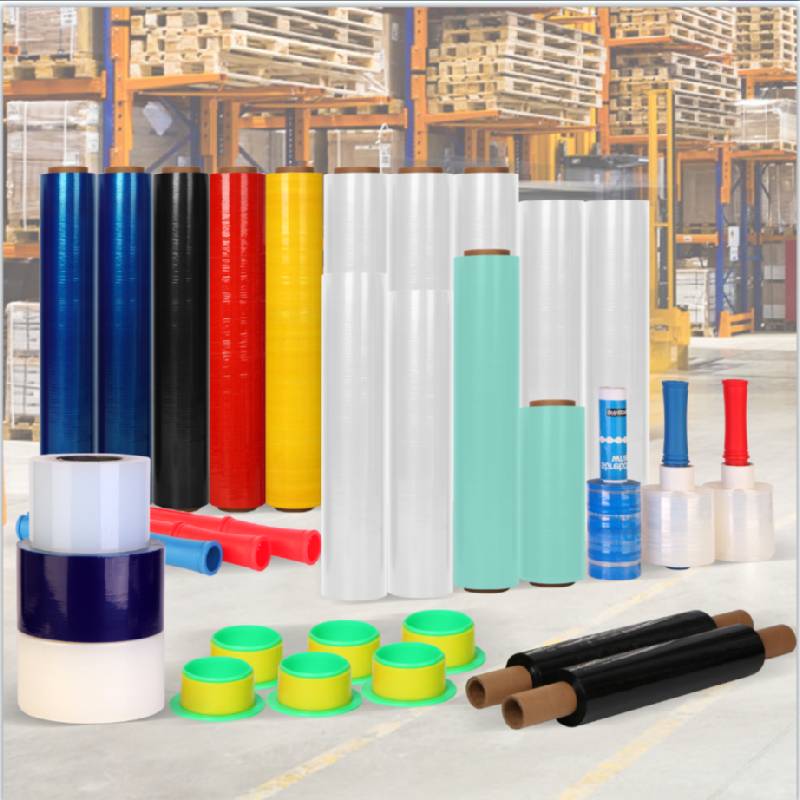cardboard paper packaging
The Importance of Cardboard Paper Packaging in Modern Industry
In today's fast-paced world, packaging plays a critical role in the delivery and presentation of products. Among the various materials used for packaging, cardboard paper has emerged as a favored choice across numerous industries. With its lightweight, durable, and recyclable qualities, cardboard paper packaging offers a multitude of advantages that align with contemporary consumer preferences and environmental sustainability initiatives.
Versatility of Cardboard Paper Packaging
One of the standout features of cardboard paper packaging is its versatility. This material can be easily molded into various shapes and sizes, allowing manufacturers to create custom packaging solutions tailored to specific products. Whether it’s boxes for electronics, containers for food items, or protective packaging for fragile goods, cardboard can accommodate diverse packaging needs. Its adaptability extends beyond just box design; it can also be employed for inserts, dividers, and other protective features that enhance product security during transit.
The ease of production further contributes to its versatility, as cardboard can be printed on, embossed, or laminated to provide aesthetic appeal. Companies can use these techniques to reinforce their brand identity through vibrant designs and logos, making cardboard packaging not just functional but also a marketing tool.
Environmental Sustainability
In the age of increased environmental awareness, consumers are gravitating towards sustainable packaging solutions. Cardboard paper packaging meets this demand effectively. Being made from renewable resources, such as trees, cardboard is biodegradable and recyclable, reducing its ecological footprint significantly compared to plastic packaging.
Many companies are now adopting eco-friendly practices by utilizing recycled cardboard materials or creating packaging that can be entirely recycled after use. This trend not only supports environmental sustainability but also resonates with environmentally conscious consumers, facilitating a positive brand image and loyalty.
Cost-Effectiveness
cardboard paper packaging

Cost considerations are paramount in packaging decisions. Cardboard paper packaging tends to be more economical than other materials, such as plastic or metal. Its lightweight nature reduces shipping costs, a significant expense for many businesses. Additionally, the ability to produce cardboard packaging in bulk without considerable investment makes it an attractive option for both small enterprises and large corporations.
The low production cost of cardboard, coupled with its recyclability, allows businesses to allocate resources more effectively while maintaining environmental responsibility. This balance between cost and sustainability is particularly appealing in a competitive business landscape.
Protective Qualities
In addition to its aesthetic and environmental benefits, cardboard paper packaging provides excellent protection for a wide range of products. It is sturdy enough to shield items from damage during shipping and handling, thereby reducing the chances of returns and customer dissatisfaction. The cushioning properties of cardboard can absorb shocks and vibrations, making it particularly suitable for fragile items like glassware or electronics.
Moreover, packaging made from cardboard can be engineered for strength and durability, incorporating features such as double-wall construction that enhances its protective capabilities. This aspect of cardboard packaging ensures that products reach their destination in pristine condition, enhancing customer trust and satisfaction.
Consumer Trends
The rise of e-commerce has accelerated the demand for effective packaging solutions. As more consumers shop online, the packaging becomes the first physical interaction with a brand. Cardboard paper packaging fits perfectly into this trend as it is easily stackable and can be designed to fit snugly around products, maximizing space during shipping. Companies are now leveraging this trend by investing in innovative cardboard designs that enhance the unboxing experience for consumers, thus adding an extra layer of engagement.
Conclusion
In summary, cardboard paper packaging represents a unique blend of versatility, sustainability, cost-effectiveness, and protective qualities that cater to the needs of modern consumers and businesses alike. As we continue to navigate the complexities of environmental responsibility and consumer expectations, the importance of cardboard paper packaging is likely to grow. Its enduring popularity highlights a shift towards smarter packaging solutions that not only meet the demands of today but also consider the well-being of future generations. As companies embrace these trends, cardboard paper packaging will undoubtedly remain at the forefront of packaging innovation.
-
Have the freedom of customizing your custom mailers any way you want! Our dedicated packaging support will help deliver you the mailing experience you need to elevate your shipping experience to the next level! Start making a strong impression on your customers and stand out from your competitors! -
LIYA uses high quality raw materials which directly purchased from large enterprises domestic and overseas such as PetroChina, Sinopec, Sabic, Equate, ExxonMobil, Dow Chemical, Total, and Borouge, ensuring the price advantage and quality of the raw materials. -
LIYA uses high quality raw materials which directly purchased from large enterprises domestic and overseas such as PetroChina, Sinopec, Sabic, Equate, ExxonMobil, Dow Chemical, Total, and Borouge, ensuring the price advantage and quality of the raw materials.





